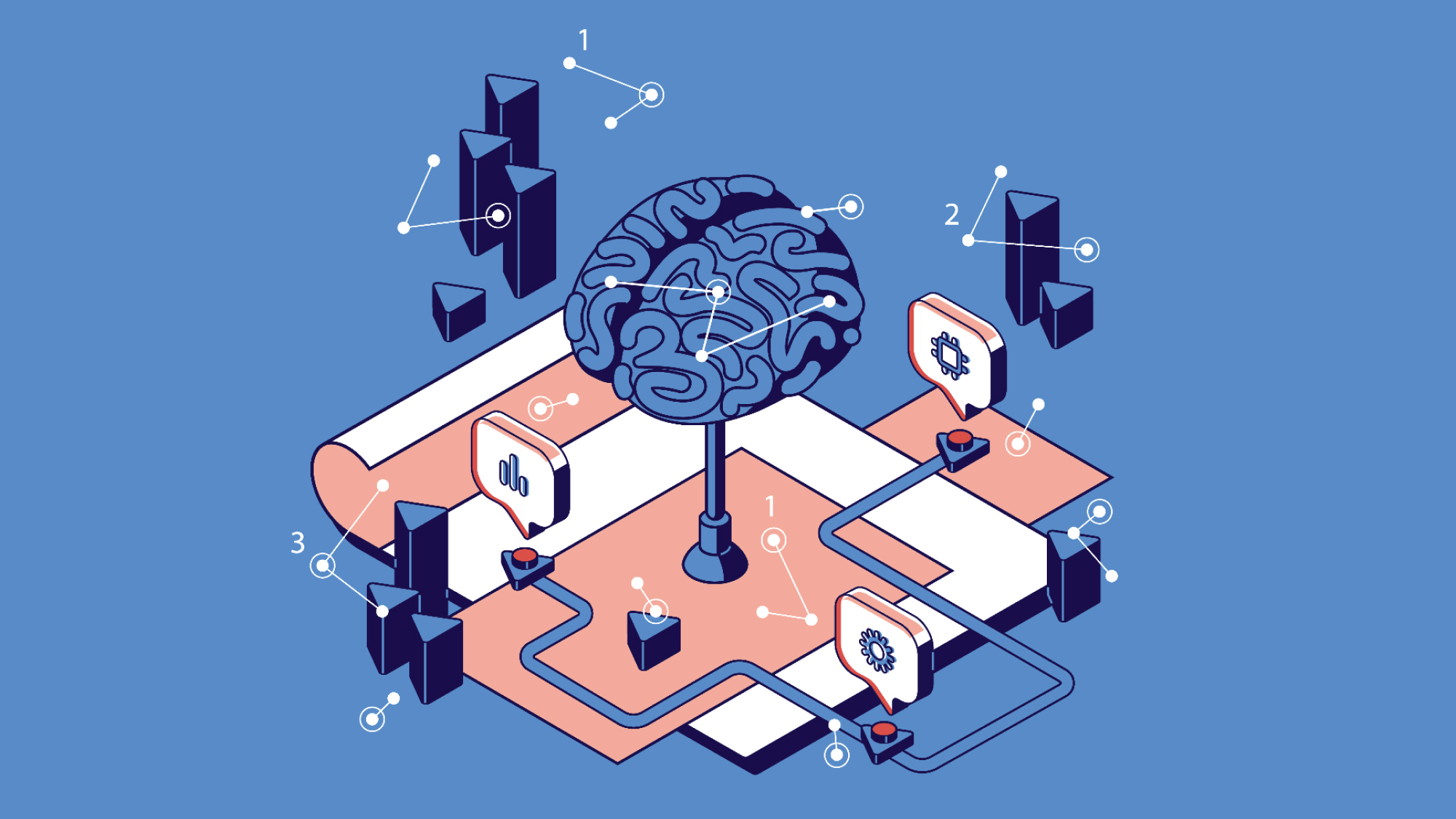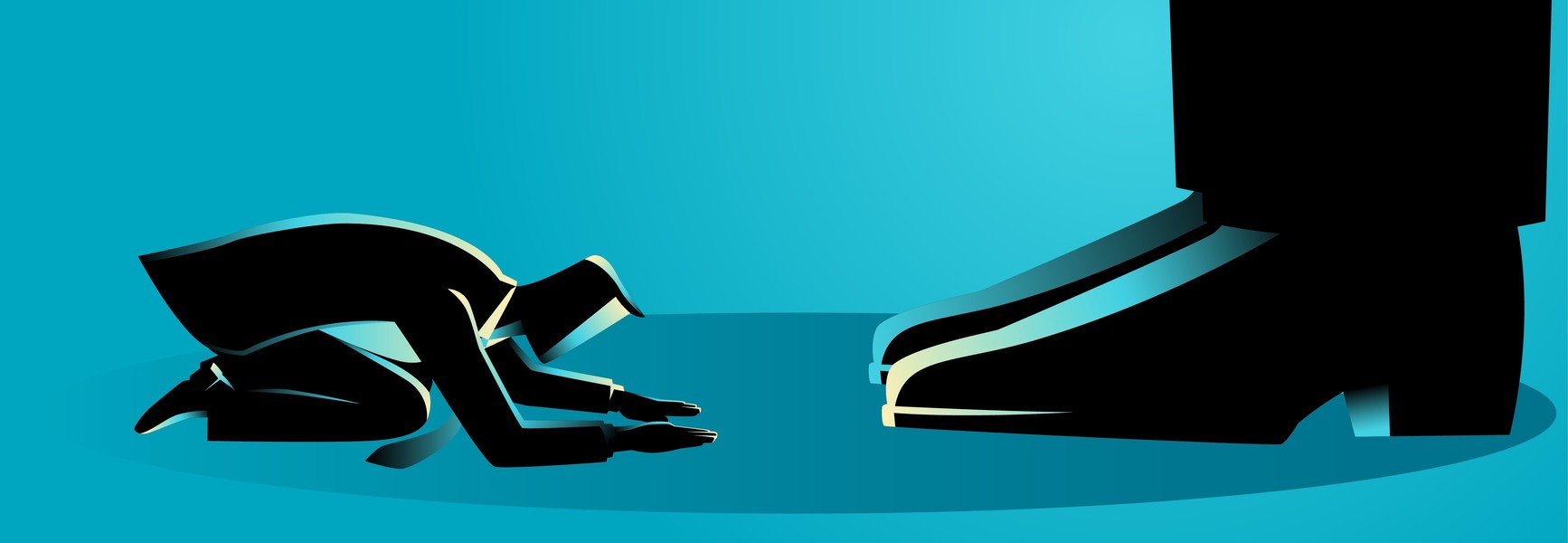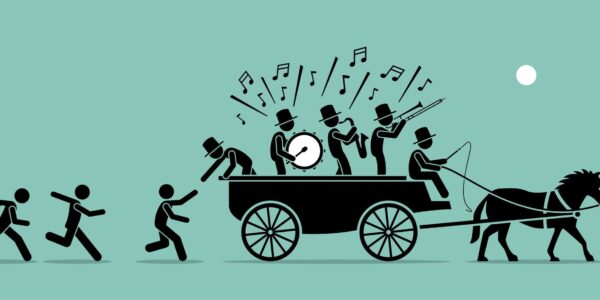
On a given day, we are making tens of thousands of decisions — some conscious and others not — all the time.
To make sure we’re not going insane, our brains filter through our experiences and go through mental shortcuts known as heuristics to facilitate judgments, problem-solving, and decision-making.
However, while these mental strategies help to reduce cognitive load and are useful for immediacy, they can also lead to what is known as cognitive biases — inaccuracies or errors in our judgments.
Cognitive biases explained
Coined in the 1970s, Nobel prize-winning psychologists, Amos Tversky and Daniel Kahneman are considered to be the founding pioneers in the space of cognitive psychology, identifying the errors in our thoughts, which largely affect our judgments and decisions.
The idea proposed by both Tversky and Kahneman was that, as a way to deal with the ever-changing world around us, our cognitive system tends to make inferences about the situations we encounter, similar to our perceptual system. Unfortunately, we base these quick judgments on imperfect cues — as every situation is predictable. In doing so, these generalizations may not be wholly accurate, as we may unconsciously ignore relevant information and come to conclusions without any logical or real rationale behind it.
Examples of cognitive biases in our everyday lives
Although there are approximately 100+ cognitive biases known today, some are more prevalently known than others and it is worth noting, as they mess with our decisions without us even knowing them. We mention just a few to help highlight how ubiquitous they are in everyday lives.
Confirmation bias
One of the most common cognitive biases we see everywhere is confirmation bias. This is when we focus on information or data that supports our existing beliefs, and as such, we tend to ignore any information that goes against these preconceptions.
Ever since the social media boom, humanity is beginning to find itself in these echo chambers — environments where a person encounters information that reinforce their own beliefs. This seems to have only gotten worse after the pandemic, where everyone was isolated by the rest and stuck at home, only to consume content that is algorithmically meant to cater to your own custom tastes. As such, we are constantly experiencing confirmation bias everywhere, as we tend to watch, listen, and read things that lean toward our interests.

Authority bias
When we experience authority bias, we tend to attribute more accuracy and weight to an opinion of a person who may socially, be seen as a higher authority, even despite that figure having no relation to the content itself. People who lean more toward the authority bias may put more emphasis on the ‘authority’s’ opinion, thus being more likely to be influenced by their views.
We see this everywhere on social media, where the number of followers of a specific influencer shapes our decisions in what we buy. Even if that specific influencer may not be an expert in whatever field or product they are promoting, we attribute their following as having more authority and thus, get swayed by their words easily.

Survivorship bias
Another bias that easily gets to us is the survivorship bias, where we focus on examples of those who have ‘survived.’ This, however, is a complete misjudgment of the actual situation, as we ignore the bigger picture at large, forgetting all the examples of people who aren’t seen.
A clear example of this comes from entrepreneurs and any real famous success story. Whether it be a singer, actor, artist, or business, we hear and read all these stories about people who made it and get caught in the belief that success comes easily. However, we fail to acknowledge that those success stories we see in the spotlight are just the 0.01% of those who made it, and for every one of them, there are hundreds and thousands of failures. In fact, even with start-ups, almost 90% of them all fail, and yet we look at the ones that did well, and assume, ‘if they could do it, I can do it too.’
Bandwagon effect

A form of groupthink, the bandwagon effect — also known as herd mentality — is when people tend to adopt a specific belief due to the sheer number of others that hold that same belief. Even if that belief may not align exactly with our own personal beliefs, humans tend to conform to the attitudes and beliefs of the majority, primarily as a means of not feeling excluded from the rest.
This can often be seen in company meetings, where an individual may have a certain way of thinking but may not voice their opinion if the major stakeholders lean toward a specific side out of risk of going against the grain. Moreover, even when it comes to making investment decisions, we get swayed by the bandwagon effect, without doing proper due diligence on what we’re investing into.
Using cognitive biases to our advantage
Cognitive biases are important to note because they not only play a part in our everyday decisions, but affect the way we interact with people, make purchases, and even invest.
While largely unconscious, the good news is that they aren’t unavoidable. Like any error that we come across, cognitive biases are things we can learn to identify and be wary of.
The closer we get to understanding our brain and why it works the way it does, the more we can learn to make better decisions overall.
In addition, once you realize that these cognitive biases exist and are affecting our decisions, the faster you can work toward overcoming them through continuous self-awareness and practice. Analyze your past decisions and try to understand why you respond the way you do. Being able to reflect and critique the self is a crucial step in combating cognitive biases.











